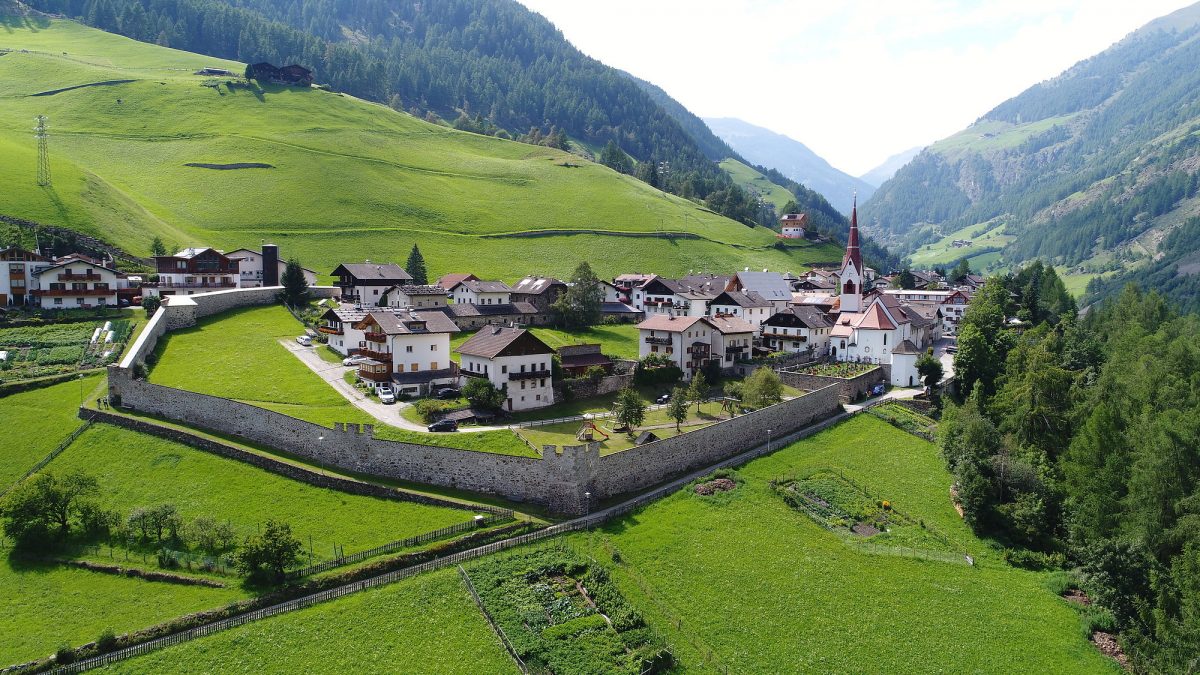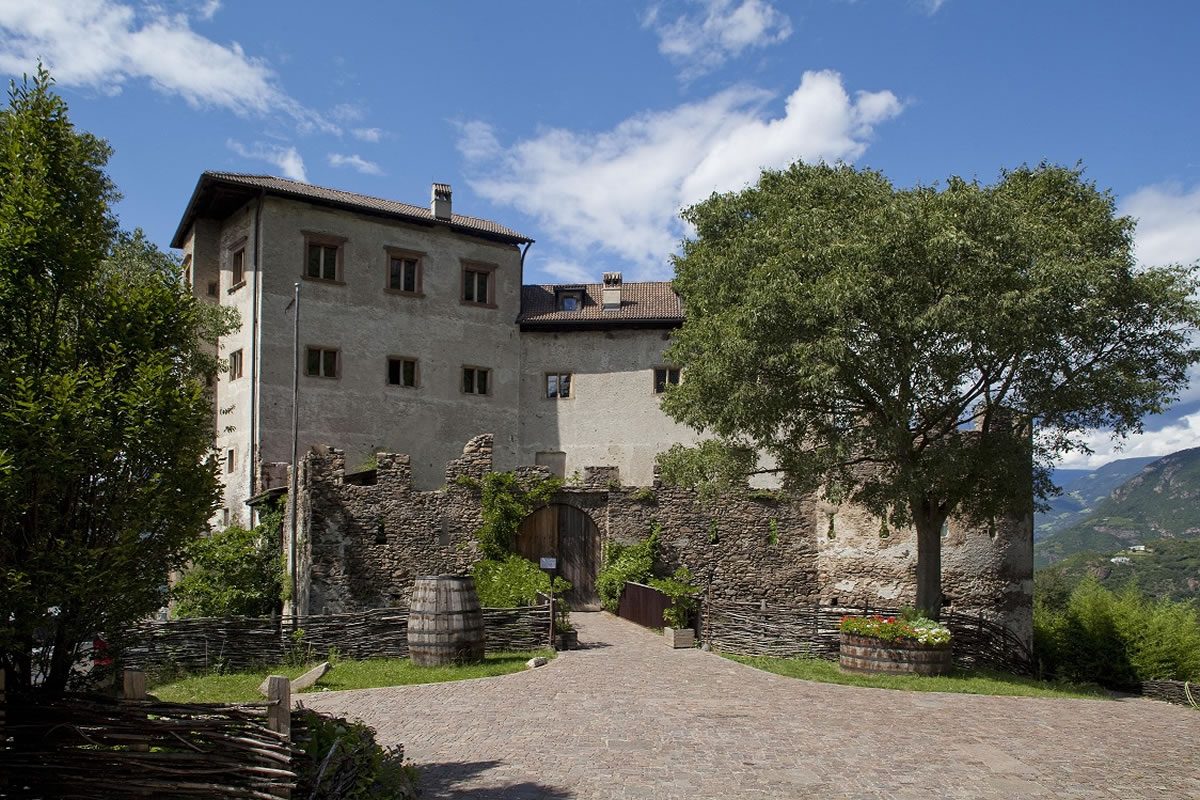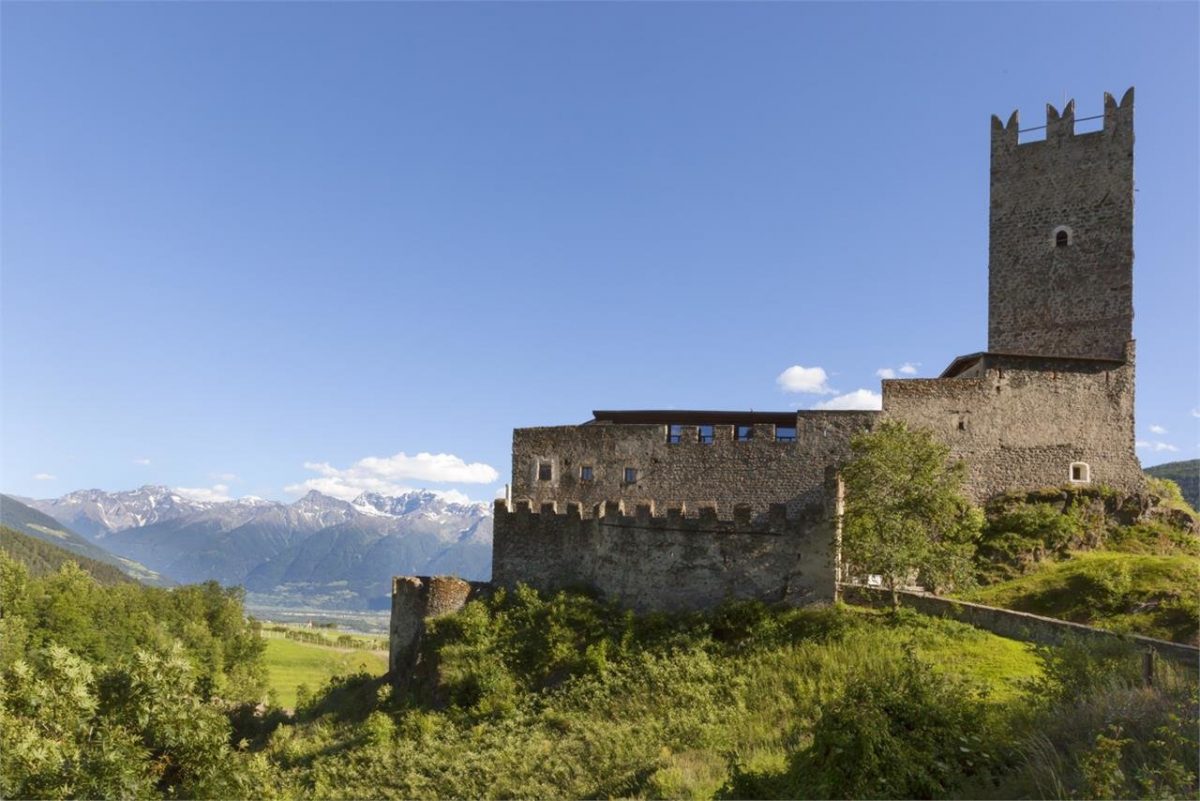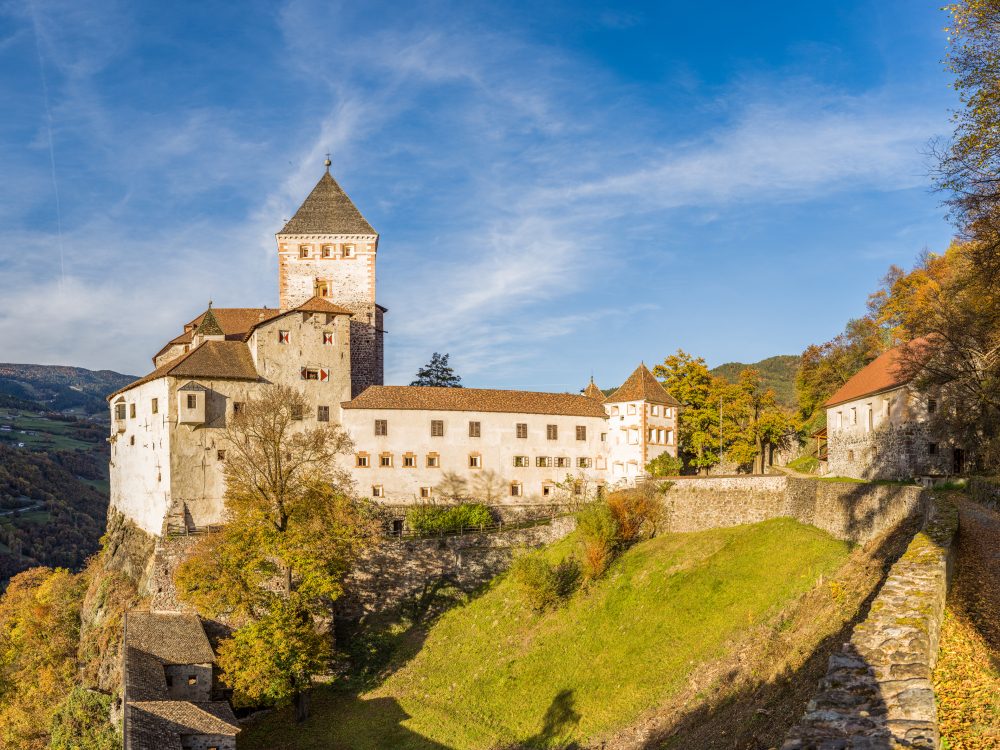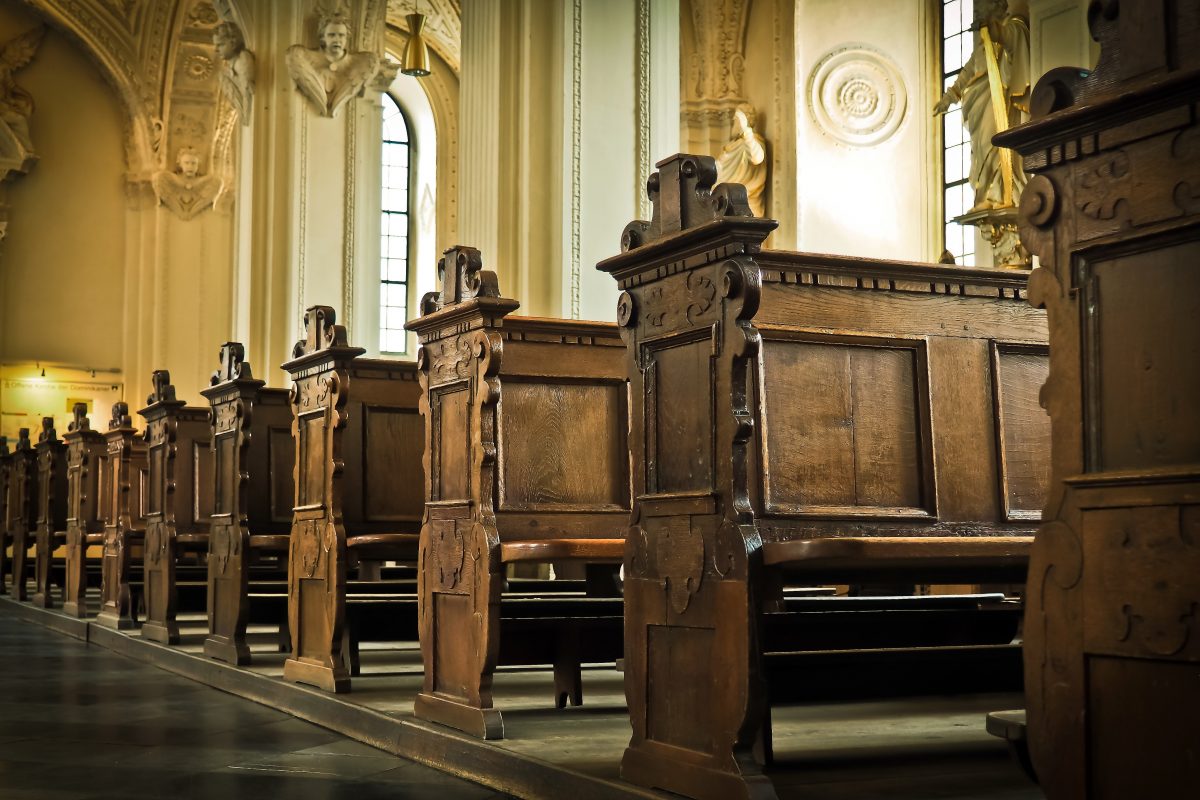How to reach the Allerengelberg Monastery
Founded in 1326 by Carthusian monks, the Allerengelberg Monastery forms a dramatic backdrop to the picturesque village of Monte S. Caterina/Katharinaberg in Val Senales/Schnalstal Valley.
The monks inhabited its walls in peace and seclusion for over 400 years. With the advent of secularization under Joseph II, the Carthusian abbey in the Schnalstal Valley was closed in 1782 and the buildings converted into living quarters. The former Carthusian abbey has remained intact and is open to visitors year round. In the summer, guided tours of the monastery are offered.
The Silentium Project in the village of Certosa/Karthaus is dedicated to the concept of silence in keeping with the peaceful atmosphere. Art exhibitions are sometimes held in the old cloister, and a contemplative walk known as the Via Monachorum leads to the former abbey.
Opening hours:
Visit of the monastery village: all year round
Art exhibition: mid-July to end of August
daily from 21 pm to 6:30 pm
Sundays and holidays also from 10 am to 12 pm
Entry fees:
free entry
Contact:
Allerengelberg Monastery in Schnalstal Valley
Karthaus 100
39020 Schnals
+39 0473 679148
